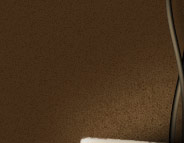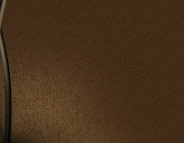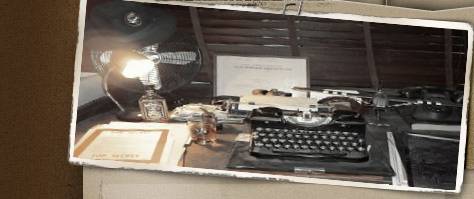 |
| |

Case Title: Chemical
Warfare in a Veghel drainage
ditch
Subject: Use of
hydrochloric acid against German
Paratroopers in Veghel
Date: September 20th, 1944
Location: Veghel,
Holland
|
(click to enlarge)

|
|
Illustration: Example
of German soldiers tactically
advancing through a drainage ditch
in the Netherlands. Although
taken near Groesbeek and showing
regular Army ("Heer") troops,
it gives an impression of the
situation described in this Case
File.
Source: Bundesarchiv Bild
183-S73822 "Arnheim Grenadiere gehen
durch Gräben vor" |
|
Introduction: Page 256
and further of "It never Snows
in September", by Robert J.
Kershaw reads: "Meanwhile,
Colonel Johnson's two American
battalions of the 501 Regiment
at Schijndel had been moved
southwards in an attempt to
assist the defenders of Veghel.
As they advanced they caught up
with the rear echelons of the
Kampfgruppe Huber. Pandemonium
broke out. One German soldier,
Karl Marx Wietzorek, a Normandy
Fallschirmjaeger veteran, was
visibly moved by the
hopelessness of their situation.
He despairingly recalled their
plight: 'If only I could
describe it properly, the close
combat in the Dutch woods! I
wish I had the chance to go back
to this country, Holland and
tell what happened there... at
the hydrochloric acid factory by
the canal road - a fight against
parachute troops on the ground
and snipers in tree-tops. That
night the former General der
Flieger Student himself took
part in the German
counter-attack. We came up
against hard, bitter opposition
and our desperate attempt at
attack was brought to a halt. It
was raining and many of our men
slipped and slithered down the
wet slope into the canal where
they drowned. The the Americans
let hydrochloric acid into the
trenches, which were partly
filled with water. This acid
caused terrible injuries on the
bodies of the soldiers; few
survived the ordeal."11
|
(click to enlarge)
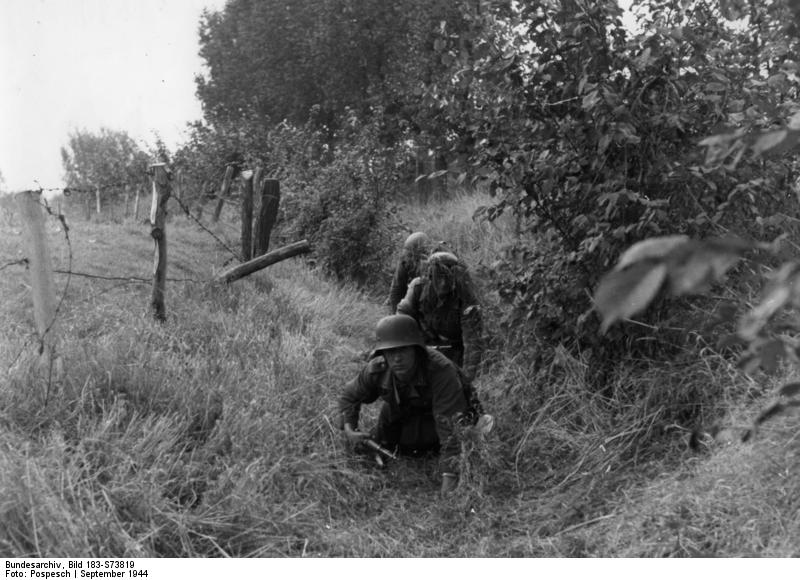
Fig.:
Arnhem, German grenadiers work
their way forward through a
ditch.
Official caption
(translated from German): "ADN
Image Archive, World War II
1939-45, Battle of Arnhem
(Holland) from September 17th to
27th, 1944.
The Allied
airborne operation near Arnhem,
which began on September 17th,
1944, was intended to secure the
Rhine, Meuse and Waal crossings.
After heavy losses, the
landed troops were withdrawn at
the end of September.
German
army grenadiers work their way
through one of the numerous
trenches that run through the
area".
Although taken in
the 82nd Airborne Division's
Area of Operation, the image gives an impression of the
situation described in this Case
File.
Source:
Bundesarchiv Bild 183-S73819,
Arnheim, Grenadiere arbeiten
sich vor"
|
|
Analysis
-
Erwin Janssen, historian of Eerde,
provided the following
information: "Witnesses of the
location of the factory: Mr. M. Smits, Eerde
Mr. P. Vissers, Eerde
Mr. Van Liempd, Veghel
Mr. Booy Liewes, Veghel
The latter lived close to the
Willemsvaart Canal and was a 14
year-old boy at the time. He
went to visit the paratroopers
who where stationed near the
railway track, so subsequently
also the soldiers near the
hydrochloric acid factory."
|
|
|
|
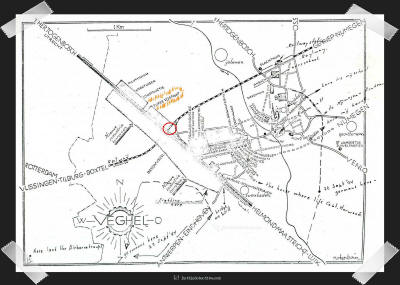
|
|
|
|
Map of Veghel from the late 1930's. |
|
It shows the major industrial locations. Battledetective.com has indicated the hydrochloric acid factory with flames.
The spot where the picture of the rail road track was taken, is indicated with a red circle. |
|
|
|
|
|
|
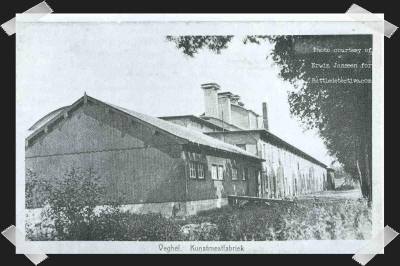
|
|
|
|
|
|
The hydrochloric acid factory in Veghel in the late 1930's.
Photograph courtesy of Erwin Janssen of Eerde. |
|
|
|
|
|
|
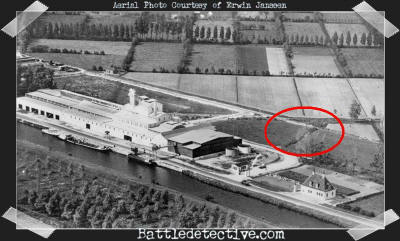
|
|
|
|
|
|
Aerial photograph of the hydrochloric acid factory in Veghel. In the red is the drainage ditch in which the acid was poured.
Photograph courtesy of Erwin Janssen of Eerde. |
|
|
|
|
|
|

|
|
|
|
|
|
Now & Then comparison picture taken from the top of the railway bridge across the Zuid Willems Vaart Canal. Of the factory only a vacant lot remains. The house on the right still stands. |
|
|
|
|
|
|
| We investigated the area and
found a vacant lot on the site where
the factory used to be. Also the
area behind the factory, especially
the site indicated by the red circle
in one of the pictures above,
evidently is a vacant lot. Local
people informed us that a building
permit can not be issued for the lot
because of pollution of the soil. We
discovered a drainage ditch behind
the factory site that most likely is
the one described in It Never
Snows in September. This is an
impression of the area: |
|
|
| It is our theory that the
alleged use of the acid may be true.
We will not conclude that the use of
the acid in 1944 has led to the
pollution today but it is possible
that on the paratroopers' initiative
acid was poured in the ditches in
the perimeter around the factory for
defensive purposes against an enemy
attack. |
|
Update
On
Friday May 25th, 2007, Historian
Erwin Janssen, submitted this
update:
"I have
new information about the Coenen and
Schoenmakers Factory. It is
impossible that hydrochloric acid
was poured in the ditches!
Last
week I spoke with Mr. L. Kerkhof of
Veghel, 83 years old. [...] When I
showed the picture of the factory,
his wife recognized the house of her
parents (the small house in the
upper left corner of the aerial
photograph of the factory). Mr.
Kerkhof lived at the bridge in
Veghel and was the son of the bridge
keeper. [..] We discussed the
Hydrochloric Acid Incident. Mr.
Kerkhof smiled and said": "That
story can be filed in the trash
can." I asked him why and to my
amazement he said: "I know the real
story..."
The Real Story
At the time, Mr. Kerkhof was a
purchaser employed by the Coenen and
Schoenmakers Company. He told me
that from 1940, the hydrochloric
acid, or rather sulphuric acid,
could not be obtained anymore,
because it had to come from Africa.
This was already in Allied hands at
that time. The small stock that the
company had, was used up fast and
soon the production of artificial
fertilizer had to be stopped.
Sulphuric acid was an essential
ingredient for the production.
Therefore, in 1944 there wasn't any
acid available to dump into the
ditches. According to Mr. Kerkhof it
is a possibility, however, that
various liquids were poured in the
ditch which is indicated with the
red circle in the aerial photograph.
In those days there wasn't any
environmental legislation and often
the ditch was used to dump
production residues. In September
1944 it rained frequently and it is
quite probable that, due to the high
water mark, the stuff in the ditch
mixed with water in other ditches.
According to Mr. Kerkhof it is
realistic if acid and other caustic
liquids where in those ditches. The
German soldiers with burn wounds
must have stepped directly in this
particular ditch as the acid or
caustic liquid in the surrounding
ditches must have been rather
diluted by then.
Magnificent how this information
found me rather unexpectedly!"
This new
information takes away any belief
that the acid was in the ditches on
the paratroopers' initiative. |
 |
|
|
|
